10 Most Pest-Infested U.S. Cities, New Data Shows
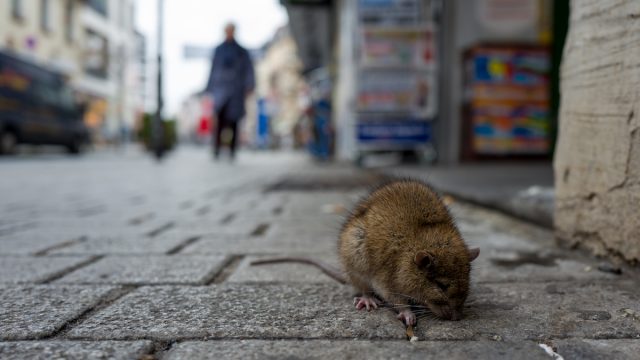
Any big city will have its fair share of issues, whether that be crowded public transportation or constant construction. But in addition to these woes, pests also pose a big problem. A recent study from New York-based pest inspectors Doctor Sniffs looked at the top 15 metropolitan areas by population and used data from the 2021 census to determine which cities had the highest number of rat and cockroach sightings. The study focused on sightings per every 100,000 residents and found some pretty surprising hotspots. Keep reading to find out the 10 most pest-infested cities in the U.S.
RELATED: The 10 Worst Cities for Bedbugs in the U.S., New Data Shows.
10
New York City
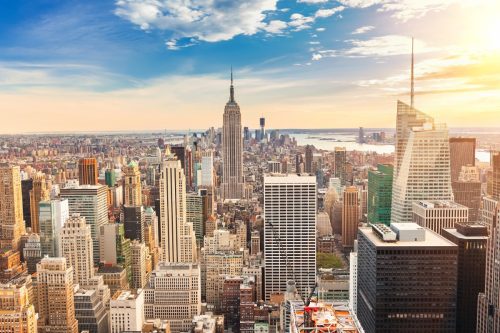
Surprisingly, the Big Apple does not take the number one spot for the most pest-infested city. Based on the data, New York City has a combined pest sighting rate of 27.2 per 100,000 residents.
However, they had a monumental 1,165 rat sightings as well as 1,227 cockroach sightings, making them the highest overall on the list for 2021. So problematic are rats, in fact, that the city hired an official “rat czar” earlier this year.
The city’s enormous population and amount of housing is what caused it to be lower in ranking. But don’t be surprised if you run into these critters on the subway or walking down the block.
9
San Francisco

With a combined sighting rate of 27.7—only a bit more than New York–San Francisco takes ninth place. Their individual sightings are much lower, though, with rats coming in at 162 and cockroaches at 81.
According to a report from Axios, 9.2 percent of homes in San Francisco had rat problems in the past couple of years.
RELATED: It’s Rat Season—Here Are 8 Ways to Keep Them Out of Your House.
8
Philadelphia
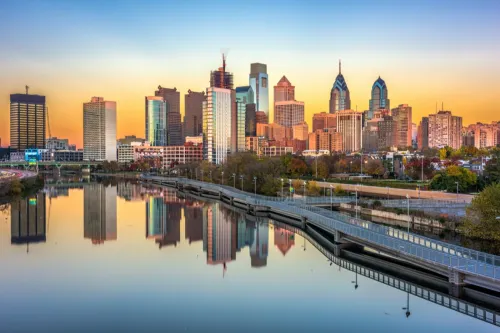
Coming in eighth is Philadelphia, which has a rate of 43.6 sightings per 100,000 residents. The 480 rat sightings are almost three times as many as San Francisco. There were 219 cockroaches sightings.
7
Dallas
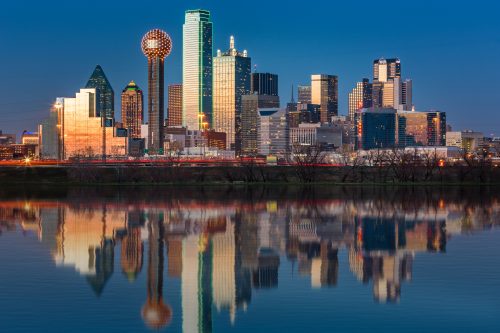
Dallas, the first of the Texan cities on the list, secured a ranking in the top 10 for their combined number of 45.6 sightings per 100,000 residents. They aren’t too far off from Philadelphia but have a higher number of cockroaches by far—500. They had 131 rat sightings.
RELATED: What Happens If You Keep Boxes in Your Garage, Exterminators Say.
6
Houston
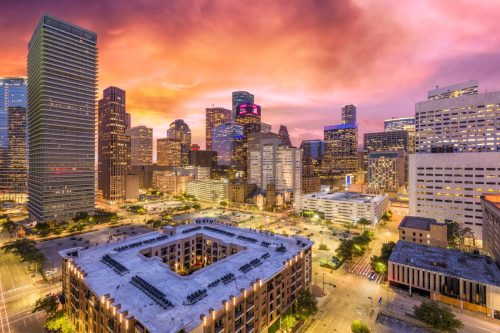
Houston, the second city from Texas, takes sixth place with a combined sighting rate 50.4. This is another cockroach hotspot with 958 seen in 2021.
The 202 rat sightings are significantly lower than in Philadelphia and New York City, which could have to do with Texas’ warmer climate.
5
Riverside, California
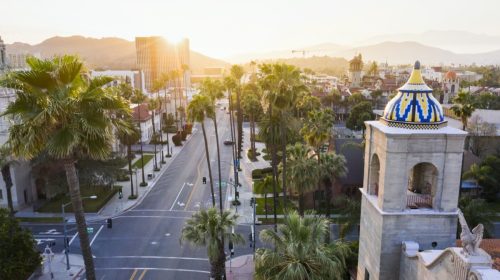
While Riverside might not seem as big as other cities on the list, they have their fair share of pest infestation. With 71.1 sightings per 100,000 residents, it’s not surprising to see them snag the fifth spot—especially with a rate that’s over 20 above the next city.
Over the course of a year, the city had 90 rat encounters and 134 with cockroaches.
RELATED: This City Has the Most Car Accidents in the U.S.
4
Boston
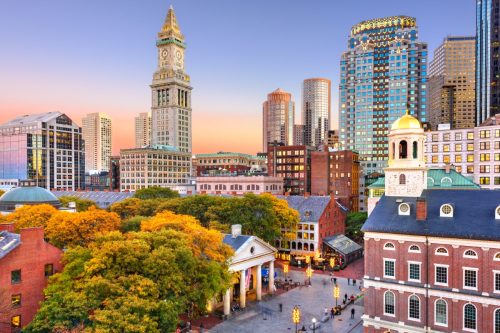
According to a spokesperson for Doctor Sniffs, “Whilst the more northerly metropolitan areas see a decrease in the number of cockroach sightings compared to the more southern areas, taking proactive measures to ensure all properties remains pest-free is ultimately the best approach to the ongoing pest problem.”
Boston doesn’t jump too much ahead of Riverside in terms of sightings per 100,000 residents—that number is 72.8. But they absolutely skyrocketed in the total number of combined rat and cockroach sightings—492 compared to Riverside’s 224.
3
Washington D.C.
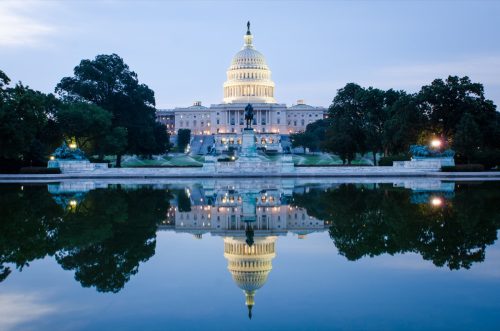
Rounding out the top three is none other than the nation’s capital. The study found that they had a sighting rate of 83.7 during 2021. They had an especially high total of rat sightings—349. Cockroach sightings came in at 229.
According to local CBS affiliate WUSA9, rat-related calls to D.C.’s city service line increased from 6,048 in 2019, to 7,500 in 2020, and finally to a staggering 11,300 in 2021.
RELATED: For more up-to-date information, sign up for our daily newsletter.
2
Miami
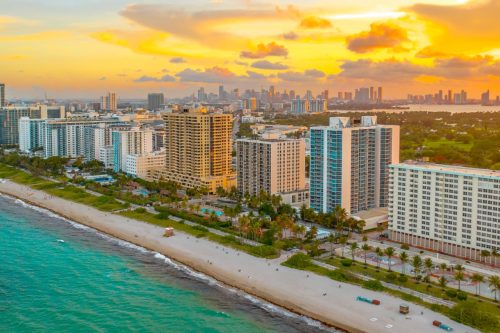
Things are heating up in Miami as they take the number two spot. As a city that’s farther south, it’s not surprising that they recorded a higher number of cockroaches than rats. They had 543 for roaches and just 81 when it came to rats. Their sighting rate of 141 per 100,000 residents is significantly higher than several other areas in the list, though.
1
Atlanta
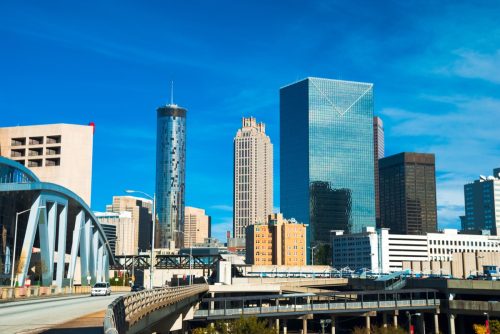
Emerging as the most pest-infested city in the U.S. is none other than Atlanta. The metropolitan area’s pest sighting rate was 165.9 per 100,000 residents.
They also had an incredibly high number of total cockroach sightings—a whopping 712.3. Their 115 rat encounters were not quite as high since they’re a southern city.
“As urban centers grapple with the challenge of rat and cockroach sightings, the study highlights the importance of proactive pest control measures to create livable, healthy communities,” said a Doctor Sniffs spokesperson.